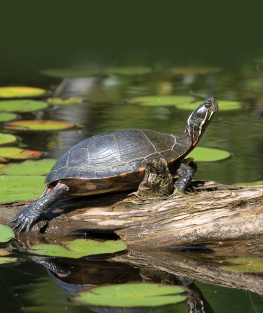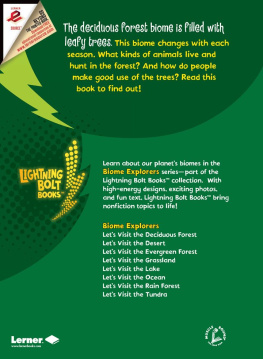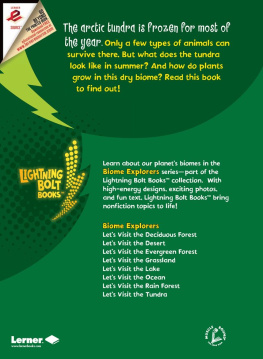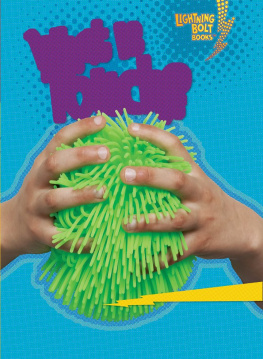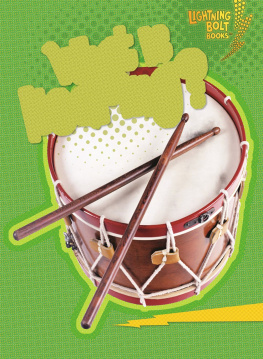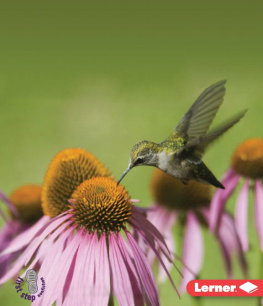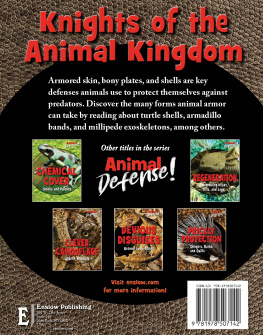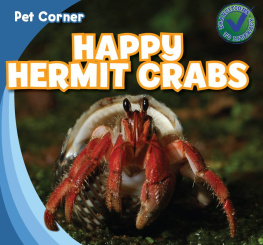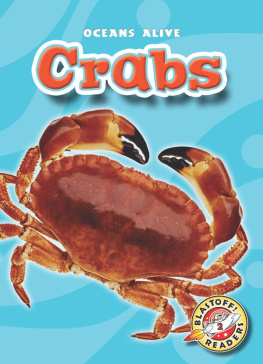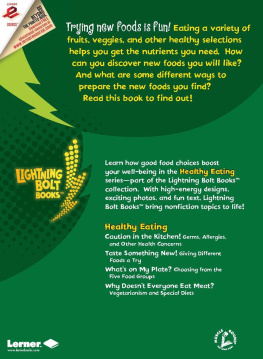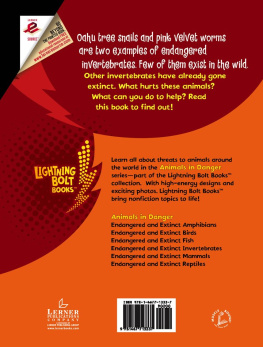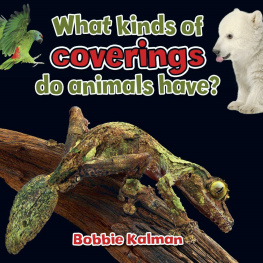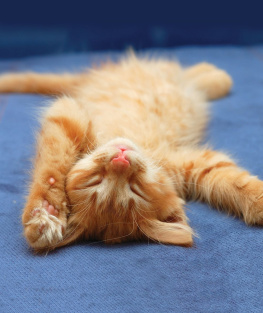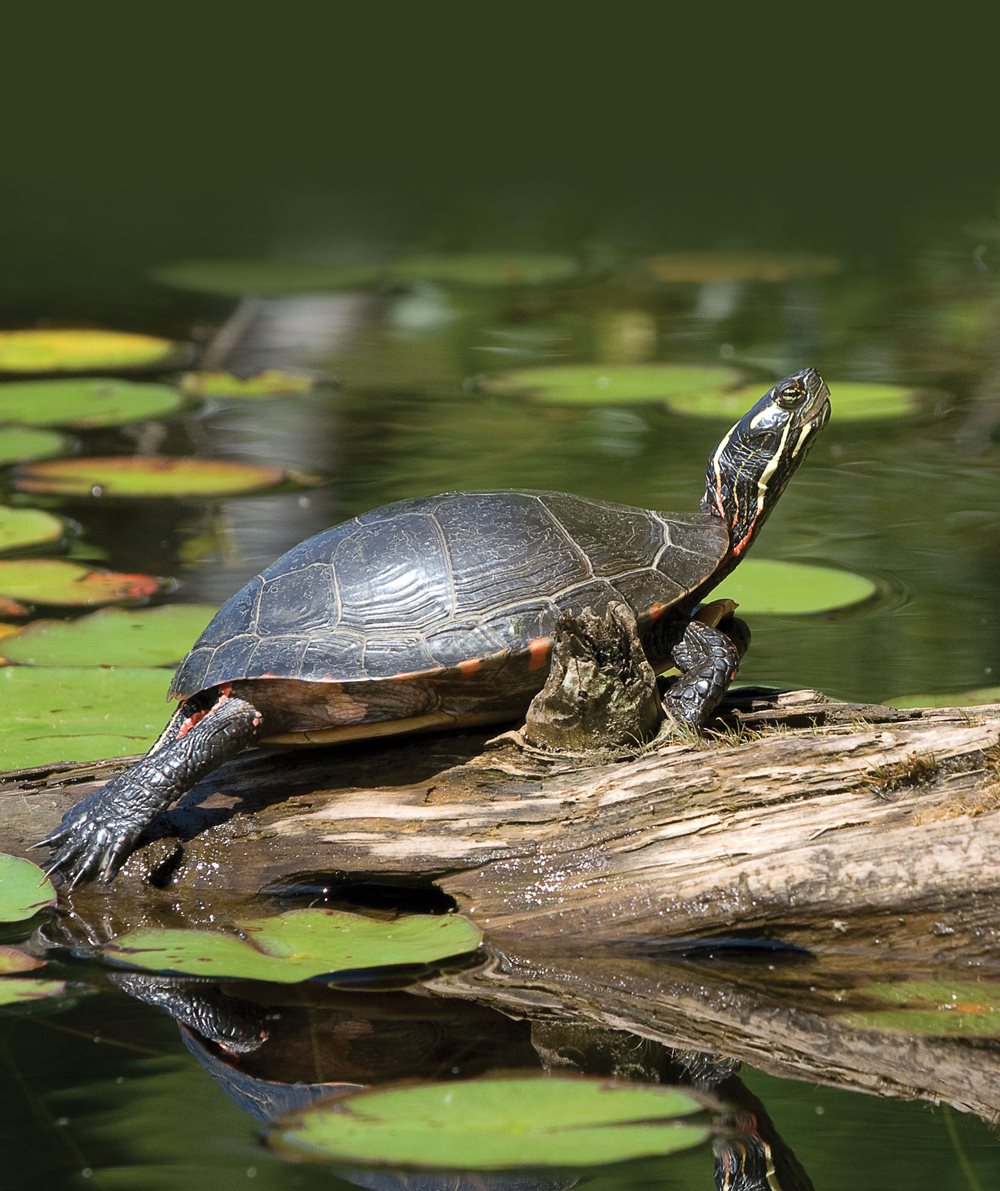Shells
by Jennifer Boothroyd
A shell is the hard outer
covering on an animals body.
Many animals have shells.
Turtles have shells.
Snails have shells.
Some shells are smooth.
Some shells are bumpy.
Shells keep animals safe.
Clams shut themselves inside
their shells.
Shells help animals hide.
This turtle is hard to see.
Shells come in different sizes.
When a tortoise grows, its
shell grows too.
Lobsters shed old shells and
grow new ones.
Hermit crabs do not grow
their own shells.
They live in the empty shells
of other animals.
Shells help animals in their
surroundings.
Collecting Seashells
Many people collect seashells as a hobby.
Choose a beach that allows shell collecting. Bring a bag or a pail to hold your shells.
Walk along the beach. Make sure the shells you find are empty.
Wash and dry your shells at home. Rub them with oil to make them shine.
Learn what kinds of shells you found. The photos on page can help.
moon snail
whelk
coquina
tent olive
angelwing
Facts about Shells
Seashells are made from
layers of calcium carbonate. This material is also in bones.
Turtle shells are made of keratin. Your fingernails are made of the same material.
Most animals with shells do not
have a backbone.
Tortoises, turtles, and terrapins are reptiles with shells.
An armadillo is the only mammal with a shell.
Giant clam shells can grow to feet (1.2 meters) across.
Shells were used as money thousands of years ago.
A turtle never comes out of its shell. Its rib cage and backbone are part of the shell.
Glossary
armadillo a mammal with a hard but flexible shell
mammal a warm-blooded animal that drinks its mothers milk
reptiles animals with backbones that breathe air through their lungs
shed to lose or fall off
shell the hard outer covering on an animals body
Index
hermit crabs
lobsters
shed
snails
tortoise
turtles
Copyright 2012 by Lerner Publishing Group, Inc.
All rights reserved. International copyright secured. No part of this book may be reproduced,
stored in a retrieval system, or transmitted in any form or by any meanselectronic, mechanical,
photocopying, recording, or otherwisewithout the prior written permission of Lerner Publishing
Group, Inc., except for the inclusion of brief quotations in an acknowledged review.
The images in this book are used with the permission of: Jurgen & Christine Sohns/Minden
Pictures, pp. 2, 22 (top), (second from top); EcoPrint/Shutterstock Images, p. 3; Scott Leslie/
Minden Pictures, pp. 4, 22 (third from top); Georgette Douwma/naturepl.com, pp. 5, 22 (bottom);
Brandon Cole, pp. 6, 16, 17; Interfoto/Zoology/Alamy, p. 7; Serna/Dreamstime.com, p. 8;
Christopher Seufert Photography/Flickr/Getty Images, p. 9; Jean E. Roche/naturepl.com, p. 10;
Hiroya Minakuchi/Minden Pictures, pp. 11; Arco Images GmbH/Kiedrowski, R./Alamy,
p. 12; Jim Wileman/Alamy, p. 13; Michele Hall/SeaPics.com, pp. 14, 22 (fourth from top);
Steven Kazlowski/SeaPics.com, p. 15; Martin Shields/Alamy, p. 19 (top/left); iStockphoto.
com/yingyang0, p. 19 (top/right); Zee/Alamy, p. 19 (middle left); Victor R. Boswell
Jr./National Geographic/Getty Images, p. 19 (bottom/left); Perry Correll/Shutterstock Images,
p. 19 (bottom/right).
Front Cover: 2009 Gail Shotlander/Getty Images.
Main body text set in ITC Avant Garde Gothic 21/25. Typeface provided by Adobe Systems.

